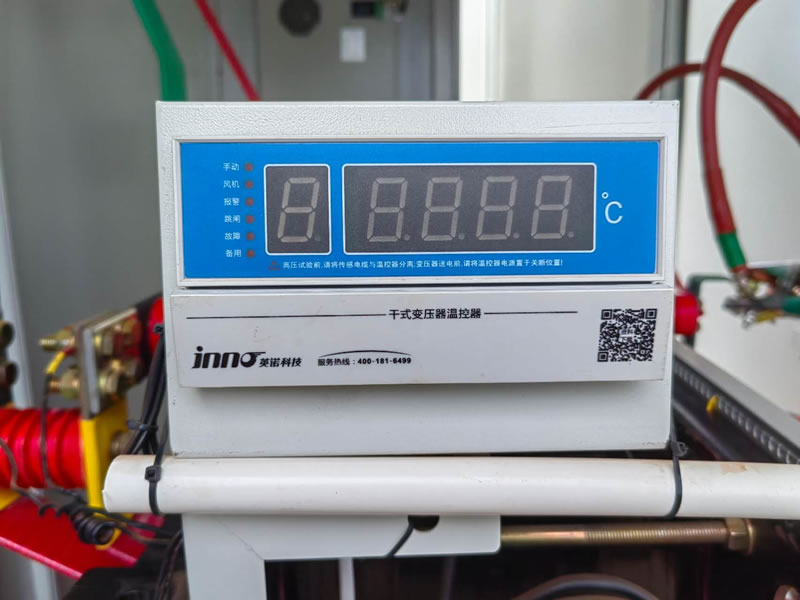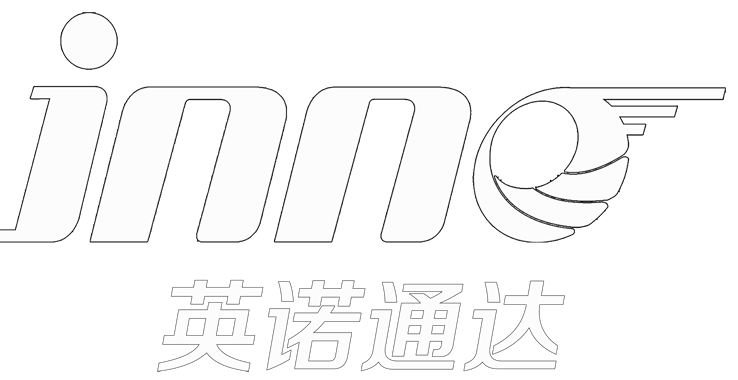Transformer Thermostat Manufacturer Selection Guide
Date: July 25, 2025 09:25:22
Comprehensive transformer thermostat manufacturer selection guide, covering technical standards, product performance, certification compliance, after-sales service and other core dimensions to help you systematically evaluate and make decisions:
I. Define the core requirements and application scenarios
-
Transformer Type Adaptation
- Dry-type transformer: A thermostat that supports winding temperature monitoring (e.g., Pt100 sensor) and multi-level control of the fan (e.g., low/medium/high speed) needs to be selected.
- Oil-immersed transformers: Oil level temperature monitoring, pump linkage control, and compatibility with gas relay signal inputs are required for some models.
-
Environmental and operational requirements
- High temperature and high humidity environment: Select a product with a protection rating of IP54 or higher and a moisture-proof coating on the circuit board.
- EMI scenario(Preference is given to models that have passed common mode interference and space RFI tests).
-
Function Prioritization
- basic necessity: Temperature display, over-temperature alarm, fan start/stop.
- advanced needs: RS485 communication (Modbus protocol), historical data storage, remote monitoring.
II. Technical standards and certification compliance
-
Industry Standard Matching
- domestic standardIt should comply with JB/T 7631-2016 Electronic Temperature Controller for Transformer (Measurement Accuracy Level 1.0, Display Accuracy Level 0.5), or GB/T 1094.6-2011 Power Transformer Part 6: Reactor.
- international standard: Export scenarios are required to meet certifications such as IEC 60730 (safety) and EN 55014 (EMC).
-
Key certification verification
- quality certification: ISO 9001 (production management), ISO 14001 (environmental management).
- environmental certification: EU RoHS (Restriction of 10 Hazardous Substances), China RoHS (need to be filed in the public service platform).
- Explosion-proof certification: ATEX, IECEx certification for chemical and coal mining scenarios.
Third, the strength of manufacturers and product performance assessment
-
Production technology and R&D capabilities
- core technology: Check to see if they have their own patents (e.g., Fuzhou Inno's fluorescent fiber optic sensor technology), or are cooperating with universities (e.g., Fuzhou University).
- process level: Examine the placement and potting process to avoid resulting reliability problems.
-
Product Performance Indicators
- Accuracy and Response: Measurement accuracy within ±1°C and fast response time.
- anti-interference capability: Common-mode interference tolerance.
- durability: Contact action life, high temperature aging test without drift.
-
Compatibility and Scalability
- Sensor Compatibility: Supports mainstream sensors such as Pt100, NTC, etc., with lead resistance compensation.
- system integration: Supports protocols for access to SCADA or energy management systems.
Fourth, market reputation and actual case verification
-
Industry Case Studies
- Power industry: Prefer State Grid and South Grid suppliers (e.g. Fuzhou Inno), or have participated in large-scale projects (e.g. wind power, nuclear power).
- nicheNew energy fields (e.g. photovoltaic inverters) need to select models that support a wide temperature range.
-
User Reviews and Feedback
- failure rate: Verify that the product has a low three-year failure rate through industry or customer cases.
- ServiceDomestic manufacturers usually provide a 24-hour response, while imported brands may take 1-2 weeks.
V. After-sales service and long-term costs
-
Warranty and Maintenance Policy
- warranty period: At least 1 year.
- Maintenance Response: Reduce downtime losses.
-
Total Life Cycle Costs
- Initial cost: Domestic thermostats are less expensive than imported 30%-50% (e.g. Innotek).
- maintenance cost: Select modular design to reduce replacement costs; remote diagnostic function can reduce the frequency of manual maintenance.
Six,Systematized decision-making process
-
- List of requirements: List key parameters such as temperature range, interface type, and protection class.
- preliminary screening: Exclude non-compliant manufacturers based on certifications, cases.
- Sample Testing: Commission a third-party testing organization to conduct life testing and temperature drift testing.
- field visit: Visit the production line to verify the key processes such as SMD and aging test.
- business negotiation: Compare warranty terms, training services, spare parts supply cycles.
VII. Comparison and recommendation of domestic and foreign brands
| dimension (math.) | Domestic brands (e.g. Fuzhou Inno, InnoTundra) | foreign brands |
|---|---|---|
| prices | Low (30%-50%) for budget sensitive projects. | High, suitable for high-end scenarios (e.g. nuclear power, data centers). |
| responsiveness | Problem solved within 24 hours. | 1-2 weeks (for overseas transfer), customized cycle time more than 3 months. |
| Customization capabilities | Supports rapid customization (e.g., non-standard interfaces, protocols). | Standardized products are predominant and customization is costly. |
| Localization Services | Adapts to fluctuations in the domestic power grid (180V can still work), moisture-proof design. | Designed for European and American conditions, additional modifications may be required. |
VIII. Key tools and resources
-
Authentication Inquiry::
-
Testing Organization::

Through the above guide, you can systematically evaluate the manufacturers' strength, product performance and long-term value, and select the most suitable transformer thermostat suppliers to ensure the safe operation of equipment and optimize operation and maintenance costs.













